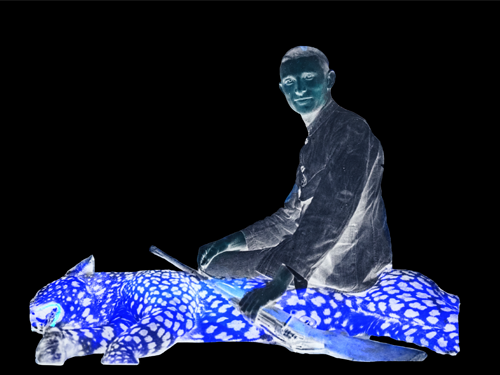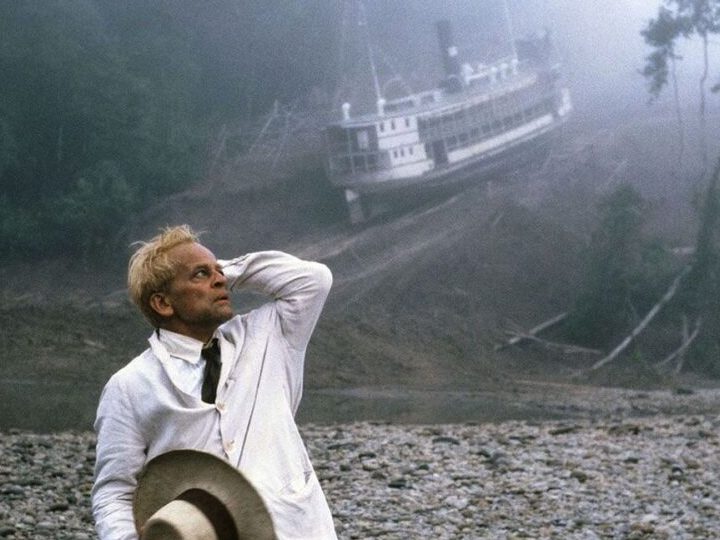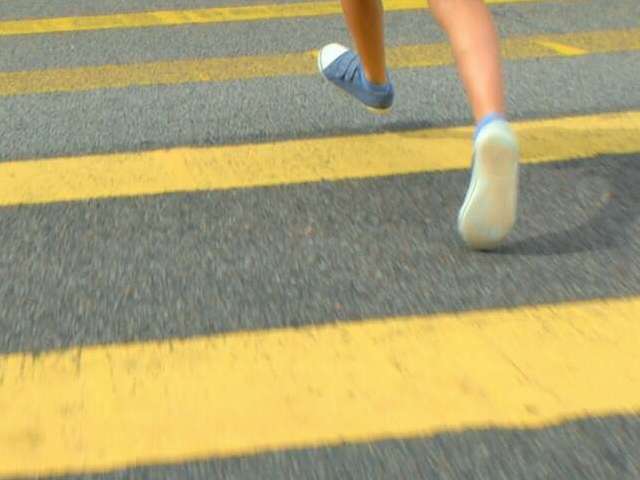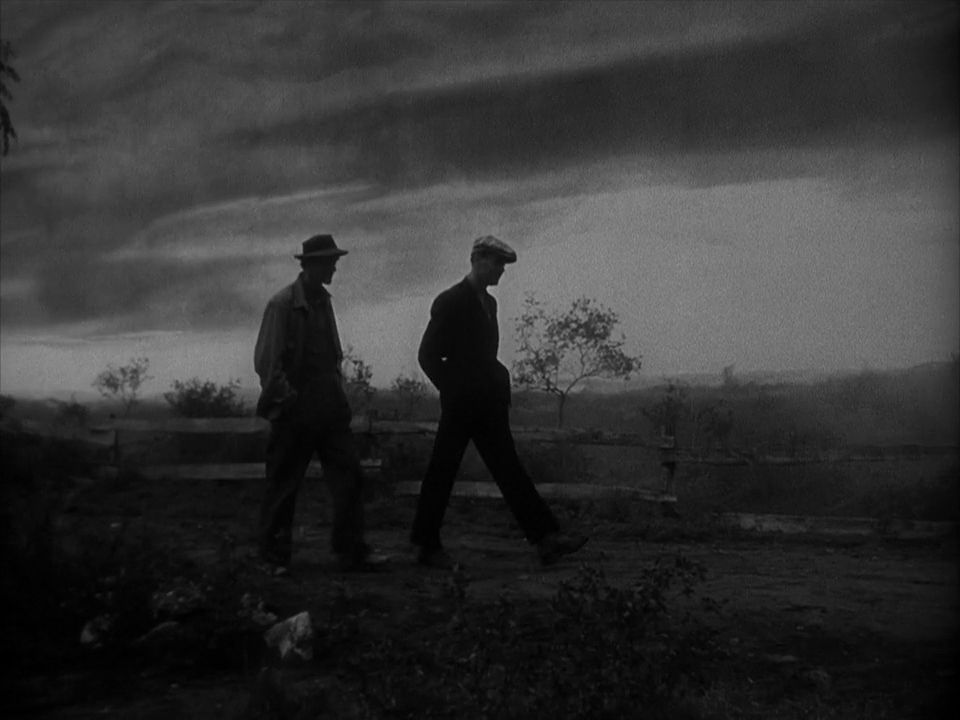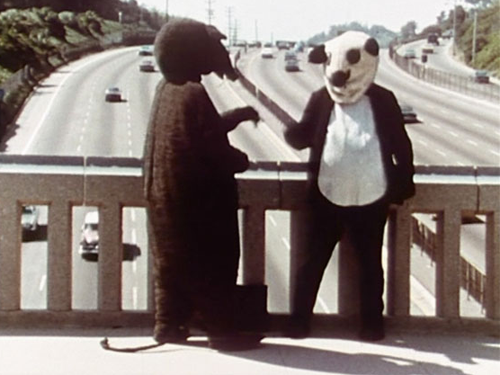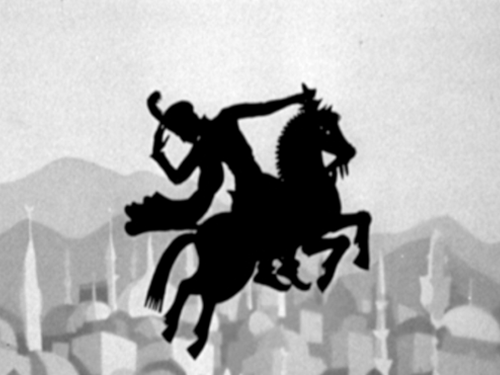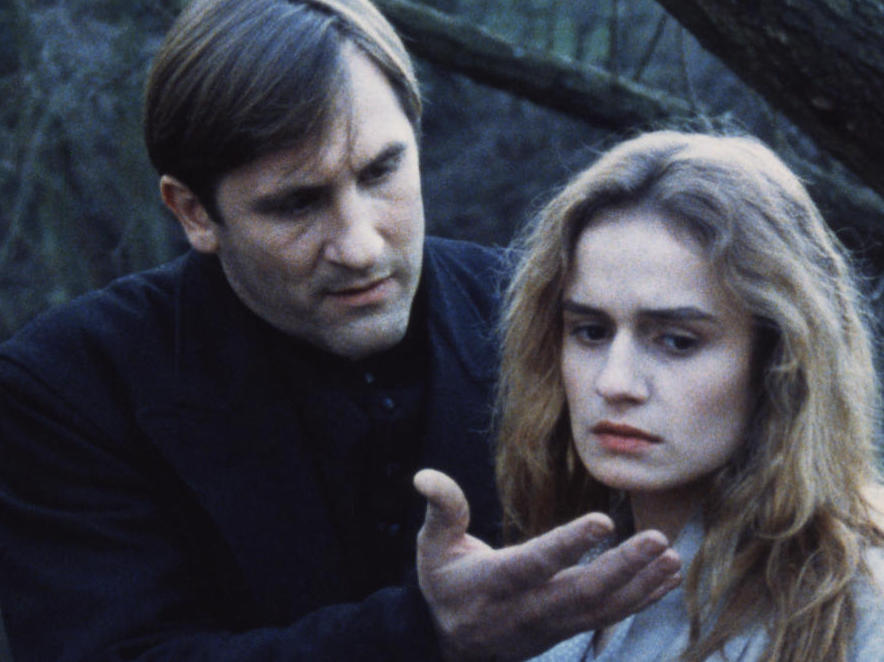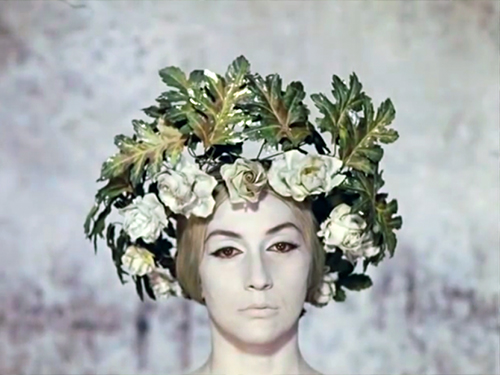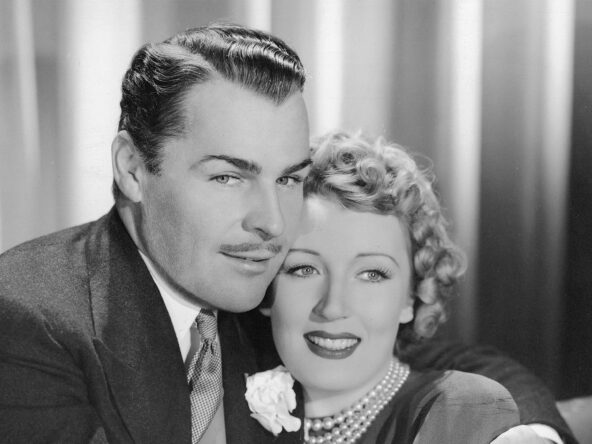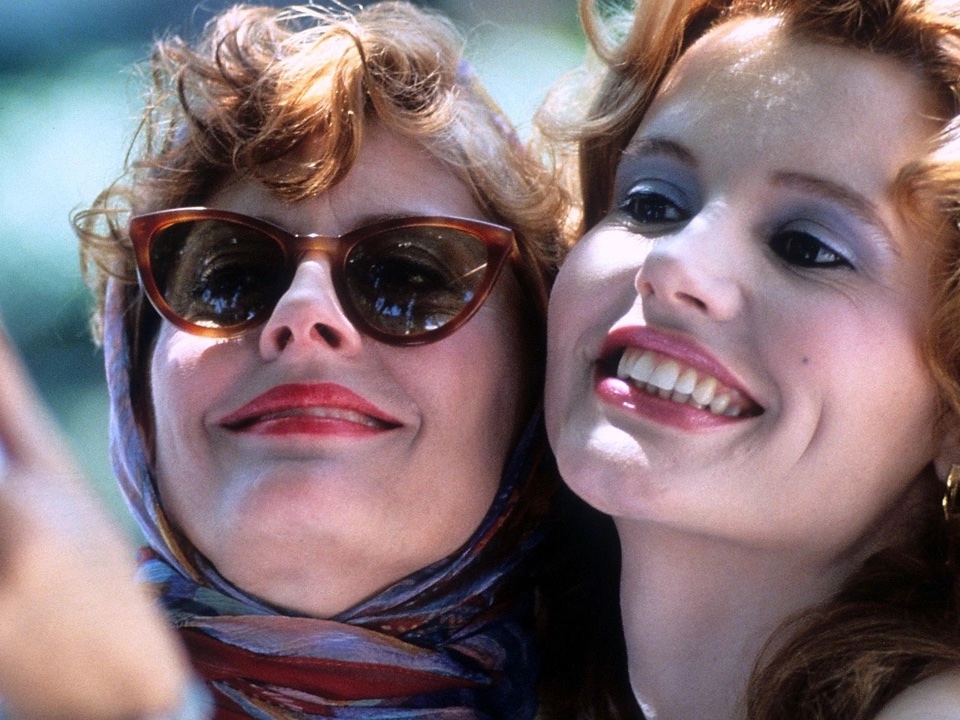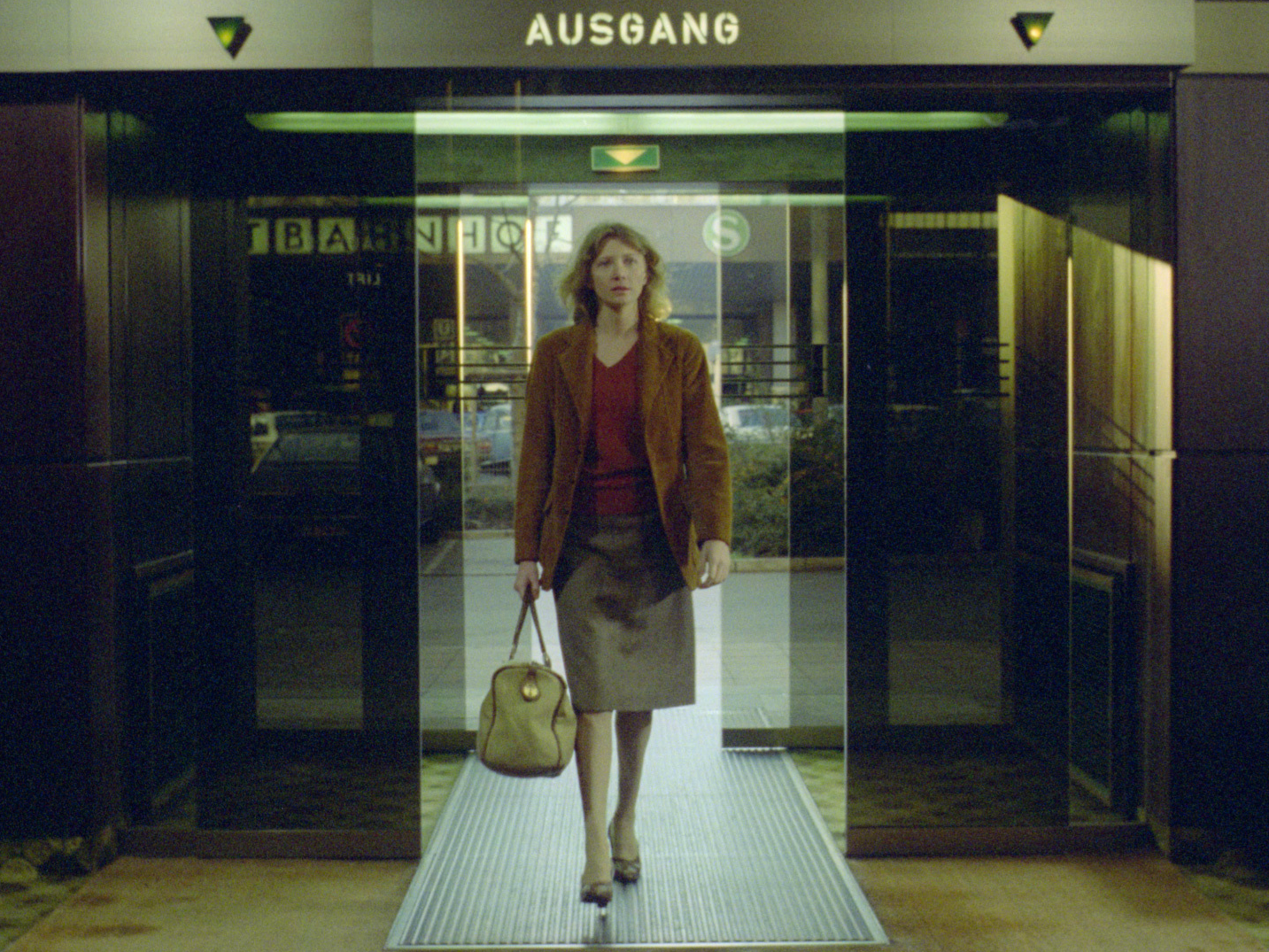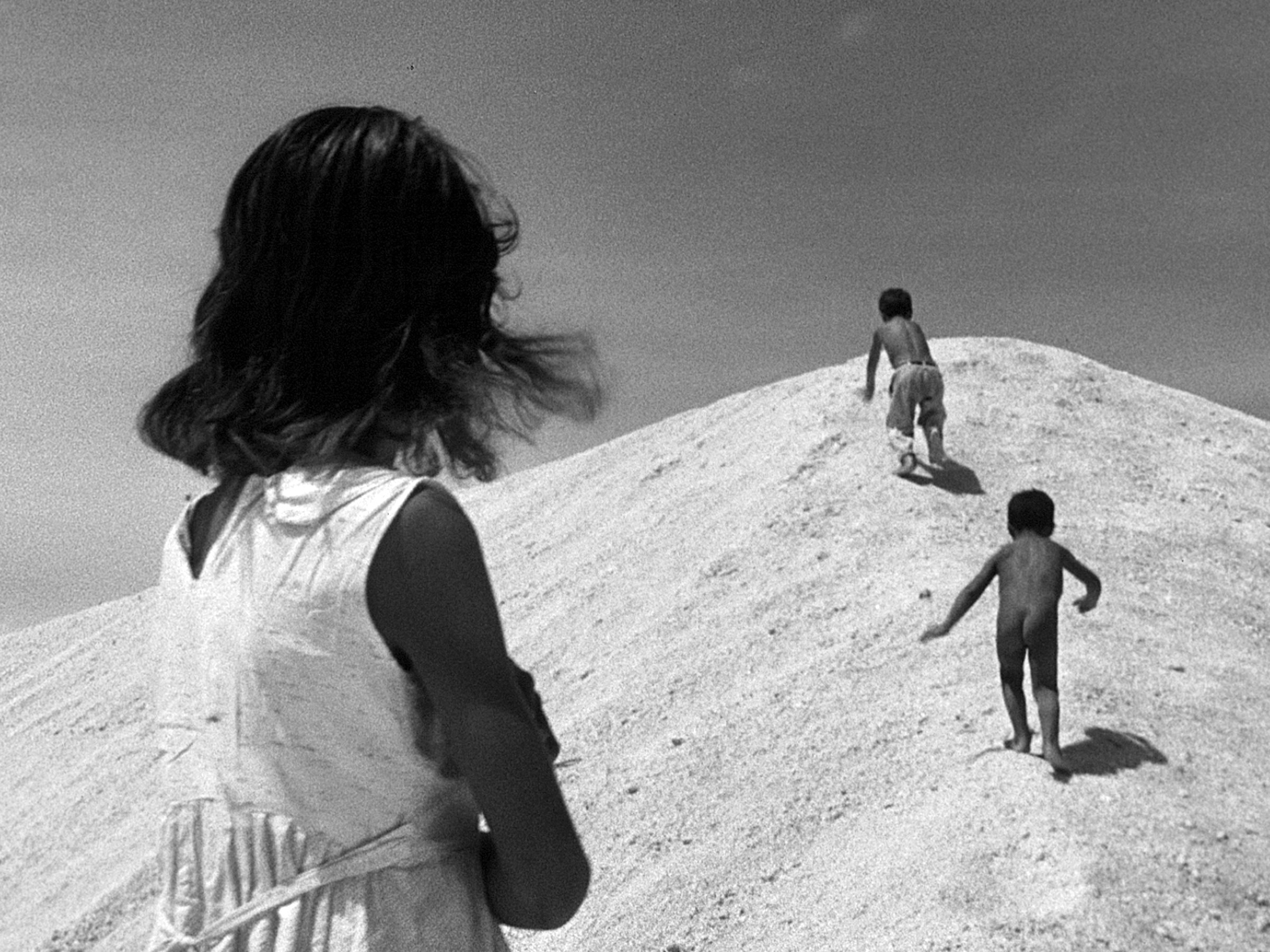EN
“A vision had seized hold of me, like the demented fury of a hound that has sunk its teeth into the leg of a deer carcass and is shaking and tugging at the downed game so frantically that the hunter gives up trying to calm him. It was the vision of a large steamship scaling a hill under its own steam, working its way up a steep slope in the jungle, while above this natural landscape, which shatters the weak and the strong with equal ferocity, soars the voice of Caruso, silencing all the pain and all the voices of the primeval forest and drowning out all birdsong. To be more precise: bird cries, for in this setting, left unfinished and abandoned by God in wrath, the birds do not sing; they shriek in pain, and confused trees tangle with one another like battling Titans, from horizon to horizon, in a steaming creation still being formed. Fog-panting and exhausted they stand in this unreal world, in unreal misery – and I, like a stanza in a poem written in an unknown foreign tongue, am shaken to the core.”
Werner Herzog
Paul Cronin: You have a reputation as someone who goes to extremes.
Werner Herzog: If you give a piece of an unknown metal alloy to a chemist, he will examine its structure by putting it under great pressure and exposing it to great heat; this gives him a better understanding of what that metal is composed of. The same can be said of human beings, who often give insight into their innermost being when under duress. We are defined in battle. The Greeks had a saying: “A captain only shows during a storm.” Shooting under a certain amount of pressure and insecurity injects real life and vibrancy that wouldn’t otherwise be there into a film. But I wouldn’t be sitting here if I had ever risked anyone’s life while making a film. I’m a professional who never looks for difficulties; my hope is always to avoid problems.
During filming on Mount Erebus in Antarctica, I wanted to be lowered down into the live volcano with a camera, but quickly realised how stupidly dangerous it was. However curious I was personally, I knew there wasn’t any good reason to get those shots when it came to the film I was making. I don’t believe in fate and destiny, but I have great faith in probability; I make sure that whatever I do puts me firmly on the side of safety. Perhaps mountaineers are motivated to seek out the most difficult routes, but not me. As a filmmaker, such an attitude would be wholly unprofessional and irresponsible, and being my own producer means it’s especially in my interests to work as efficiently as possible. When it came to Fitzcarraldo, I knew there would be certain inevitable problems to overcome, which meant it was inevitable I wasn’t going to shy away from them. Some challenges can’t be shirked. But in heading directly into such things, I’m only doing my duty. I have never gone out seeking inhospitable terrain to film in, nor have I ever taken idiotic risks, as a blind, stupid daredevil would do. I’m aware of my reputation of being a ruthless madman, but when I look at Hollywood – which is a completely crazed place – it’s clear to me that I’m the only clinically sane person there. As my wife will convincingly testify, I am a fluffy husband.”
Werner Herzog in conversation with Paul Cronin
“We must ask of reality: how important is it, really? And: how important, really, is the Factual? Of course, we can’t disregard the factual; it has normative power. But it can never give us the kind of illumination, the ecstatic flash, from which Truth emerges. If only the factual, upon which the so-called cinéma vérité fixates, were of significance, then one could argue that the vérité – the truth – at its most concentrated must reside in the telephone book—in its hundreds of thousands of entries that are all factually correct and, so, correspond to reality. If we were to call everyone listed in the phone book under the name “Schmidt,” hundreds of those we called would confirm that they are called Schmidt; yes, their name is Schmidt.
In my film Fitzcarraldo, there is an exchange that raises this question. Setting off into the unknown with his ship, Fitzcarraldo stops over at one of the last outposts of civilization, a missionary station:
Fitzcarraldo: And what do the older Indians say?
Missionary: We simply cannot cure them of their idea that ordinary life is only an illusion, behind which lies the reality of dreams.
The film is about an opera being staged in the rainforest; as you’ll know, I set about actually producing opera. As I did, one maxim was crucial for me: an entire world must undergo a transformation into music, must become music; only then would we have produced opera. What’s beautiful about opera is that reality doesn’t play any role in it at all; and that what takes place in opera is the overcoming of nature. When one looks at the libretti from operas (and here Verdi’s Force of Destiny is a good example), one sees very quickly that the story itself is so implausible, so removed from anything that we might actually experience that the mathematical laws of probability are suspended. What happens in the plot is impossible, but the power of music enables the spectator to experience it as true.”
Werner Herzog


